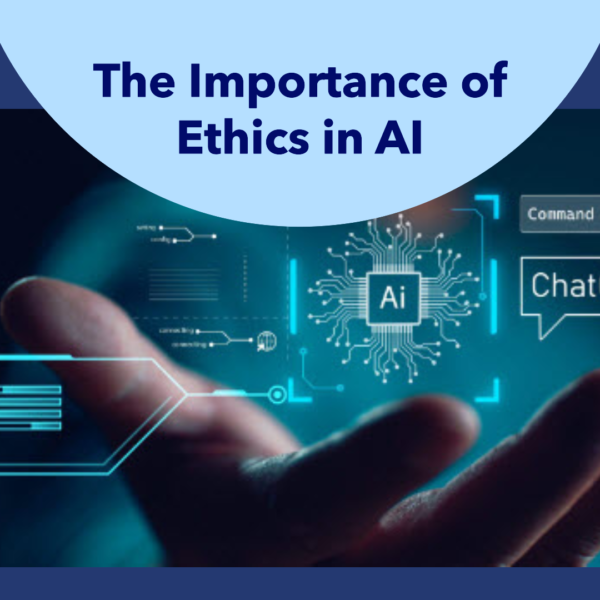CSPOG Cybersecurity Case Study
CSPOG Solar Power Plant
Introduction of the CSPOG Solar Power Plant Case Study
Overview of the Case Study This case study presents a scenario involving CSPOG, a mid-sized Solar Power plant, to illustrate the challenges and strategies related to cybersecurity in the digital Solar Power sector. The focus is on how CSPOG navigated a cyber-attack, the subsequent implementation of advanced cybersecurity measures, and the lessons learned from these experiences.
Initial Challenge and System Failure The case study begins with CSPOG facing a debilitating cyber-attack. This section, titled “Incident – Phase 1: Cyber Attack and System Failure,” details the vulnerabilities exploited by attackers, such as aged infrastructure and inadequate cybersecurity measures, leading to operational disruptions and economic losses.
Response and Recovery Following the attack, the case study explores CSPOG ’s comprehensive response, under the section “Incident – Phase 2: Implementation of Cybersecurity Solutions and Success.” This phase includes the adoption of the Cybersecurity Value-at-Risk Framework (CVF), Managed Detection and Response (MDR) services, regular red team assessments, and enhanced staff training.
Success and Enhanced Resilience The implementation of these robust cybersecurity strategies leads to notable success, enabling CSPOG to withstand subsequent cyber threats, maintain operational continuity, and demonstrate improved resilience against cyber-attacks.
Key Lessons Learned The final part of the case study, “Lessons Learned,” synthesizes the critical insights gained from CSPOG ’s experience. It emphasizes the importance of a proactive cybersecurity approach, regular risk assessments, the integration of detection and response mechanisms, and the crucial role of employee training and awareness in cybersecurity.
This case study serves as a valuable example for other organizations in the Solar Power sector, highlighting the evolving nature of cyber threats and the need for comprehensive, adaptable cybersecurity strategies to safeguard critical infrastructure.
Introduction to CSPOG Use Case Study
Background: CSPOG is a mid-sized Solar Power plant located in North America with high strategic importance due to its contribution to the national grid. The plant recently underwent a digital transformation, integrating advanced control systems with remote capabilities.
Incident – Phase 1: Cyber Attack and System Failure
Situation: In late 2023, CSPOG faced a sophisticated cyber-attack. The attackers exploited vulnerabilities in the plant’s SCADA system, which had recently been connected to the broader IT infrastructure to facilitate remote operations.
What Went Wrong:
-
- Aged Infrastructure: Despite recent upgrades, parts of CSPOG’s control systems were over a decade old, making them susceptible to new types of cyber threats.
- Lack of Robust Cybersecurity Measures: CSPOG’s cybersecurity measures were primarily focused on prevention, without adequate emphasis on threat detection, response, and resilience.
- Inadequate Risk Assessment: The plant had not conducted a thorough cybersecurity risk assessment, underestimating the potential for a sophisticated cyber-attack.
Consequences:
-
- Operational Disruption: The attack led to a temporary shutdown of the plant, causing significant power supply disruptions.
- Economic Impact: CSPOG incurred substantial financial losses due to operational downtime and the costs associated with system recovery and data loss.
Incident – Phase 2: Implementation of Cybersecurity
Response and Recovery: After the attack, CSPOG undertook a comprehensive review of their cybersecurity posture. They implemented the following measures:
-
- Adoption of Cybersecurity Value-at-Risk Framework (CVF): CSPOG utilized the CVF tool to assess its individual plant’s cybersecurity risk and identify key areas for investment in cybersecurity.
- Implementation of Managed Detection and Response (MDR): CSPOG employed MDR services, combining advanced security technology with human analysis to rapidly detect and respond to threats.
- Regular Red Team Assessments: These assessments were used to identify potential entry vectors and simulate attacks, providing deep insights into security gaps.
- Enhanced Training and Awareness: CSPOG invested in regular training for its staff on cybersecurity best practices and emerging threat landscapes.
Success:
-
- Resilience to Future Attacks: The new measures enabled CSPOG to successfully thwart a series of attempted cyber-attacks in the following year.
- Operational Continuity: The plant maintained continuous operation even in the face of attempted breaches, showcasing increased cyber resilience.
Lessons Learned:
-
- Proactive Approach to Cybersecurity: It’s crucial to anticipate and prepare for cyber threats, rather than solely focusing on prevention.
- Regular Risk Assessments and Updates: Continuously assessing and updating cybersecurity measures is essential in an evolving threat landscape.
- Integration of Detection and Response Mechanisms: Implementing advanced detection and response mechanisms can significantly reduce the impact of cyber-attacks.
- Employee Training and Awareness: Regular training of staff in cybersecurity best practices is vital to ensure the overall security of the system.
This case study of CSPOG illustrates how the lack of adequate cybersecurity measures can lead to significant disruptions and losses, and how adopting a comprehensive, proactive approach can enhance resilience and operational continuity in the face of cyber threats.





